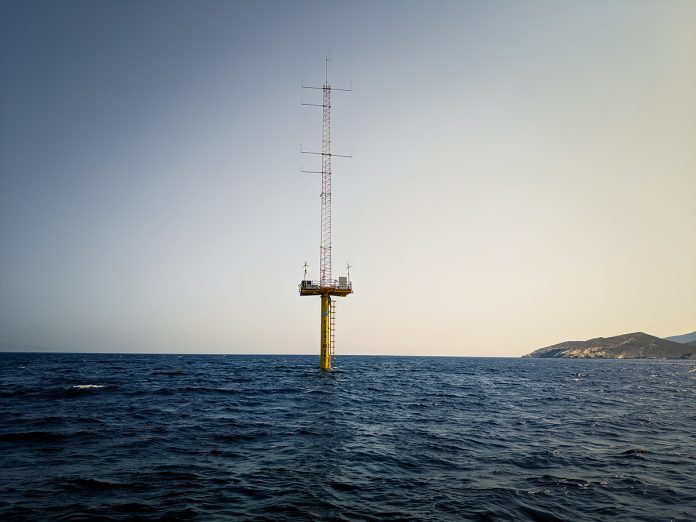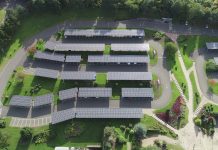Managing Director at FloatMast Ltd, Antonios Peppas discusses the successful solution in the Mediterranean to advancing offshore wind through next generation floating measurements’ technology
Offshore wind energy is expected to reach 300 GWs of installed capacity by 2050, according to the EU Strategy on Offshore Renewable Energy. Achieving these goals requires us to increase offshore wind’s share in the energy mix, to mature floating wind technologies and to expand floating wind parks, reaching the full wind resource availability at any sea depth and distance from the shores. Nevertheless, untapping this renewable energy ocean, will require cost and risk reduction.
In turn, this will allow for lower cost per Kilowatt-hour as well as access to finance of more conservative investors, who are particularly risk-averse, but provide the bulk of capital needed to advance the industry. To tackle this as early as possible, Offshore Wind Project Developers are using site-specific high-quality wind measurement installations, meteorological (met) masts, to measure wind and thus, estimate future income as well as construction and O&M costs.
Mediterranean Sea
Whereas these structures are extremely popular in shallow waters, deeper sites have none as the cost is prohibiting, and fixed technology is reaching its limitations. This situation has recently changed dramatically, however, with the new generation of site monitoring technology which has entered the market and completed the first full year floating met mast wind resource campaign in the Mediterranean Sea: FloatMast® technology.
The patented innovation is a stable, unmanned and energy-autonomous floating platform, equipped with a met mast and Lidars that perform extensive data collection on the site of the future offshore wind park. The stability of the platform is the key element as it behaves as good as fixed and allows for high-quality wind profile measurements according to the highest standards of the Industry, the IEC 61400-12-1:2017 standard.
In the Mediterranean Sea, there are two highly windy areas, the Golf de Lyon (south of France) and the Aegean Sea (Greece – Cyclades and Dodecanese islands). The platform was tested at the second area and performed exactly as expected, providing wind measurements’ certification by MEASNET, the world’s leading accreditation body in wind measurements. But there is a lot more to this new generation measurement technology than just wind – environment and ocean monitoring are also addressed.
Environmental regulation
European Seas and Oceans are subject to heavy environmental regulation and prime victims of climate change (the Med in particular). Offshore Wind Parks contribute to the reduction of Green House Gas Emissions, but as Large-Scale Infrastructure Works, need to be constantly monitored in all aspects, environmental first of all.
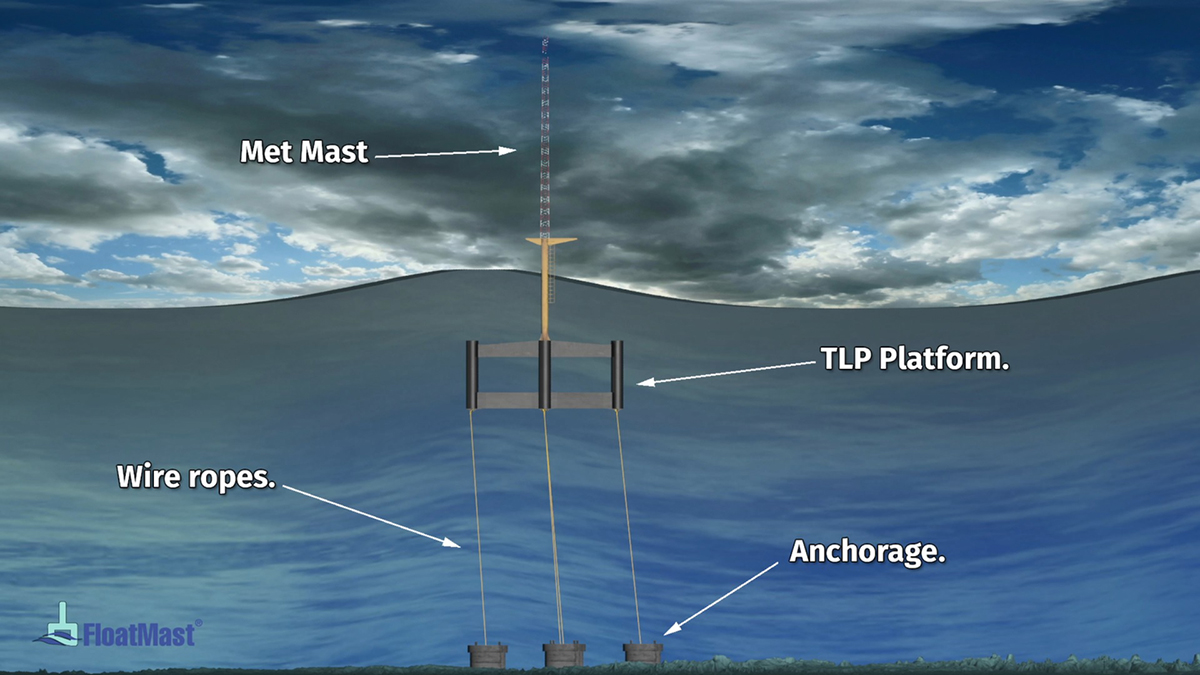
Moreover, there is a growing need for a knowledge database of our seas and oceans which will enhance our efforts not only to understand better the effects of climate change but also to monitor the effects of man-made structures, installed in the sea environment, as the plethora of Environmental Impact Assessment studies requires. In addition, institutional investors transparency and accountability requirements as well as many companies’ corporate environmental policies, increase demands on environmental transparency and monitoring.
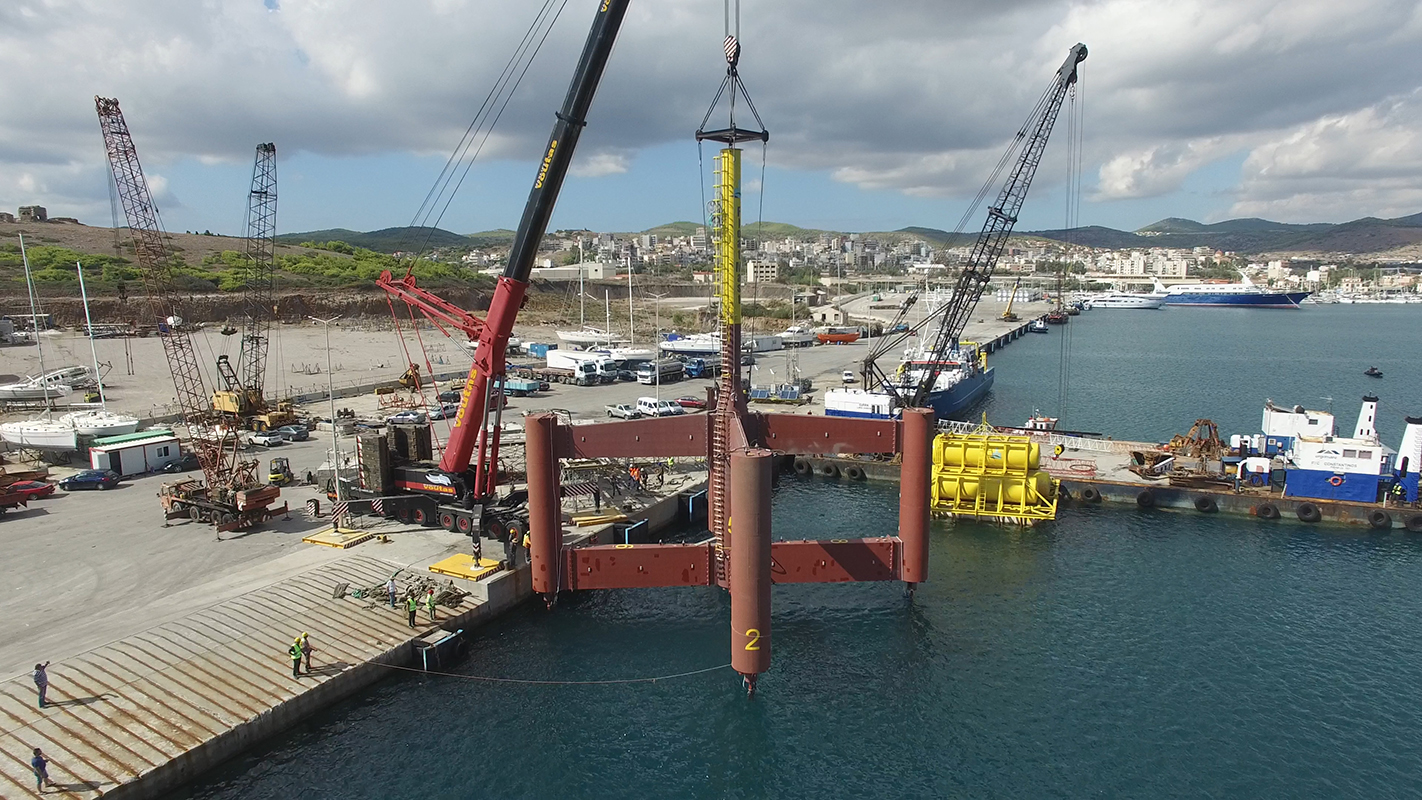
To this end, FloatMast®, offers unique solutions to both the Public Authorities and the private sector, by accommodating underwater environmental sensors, birds’ radars, marine traffic radars and AIS, providing a complete environmental, marine and climate change monitoring installation, 24/7, all year round, before, during and after the construction of Offshore Wind Parks. This is of high value to the Regulators and the best testimony of holistic monitoring for the investor community, the developers and the public all at once, leading to transparent, seamless monitoring and assessment of environmental impacts of our actions in our Blue Planet.
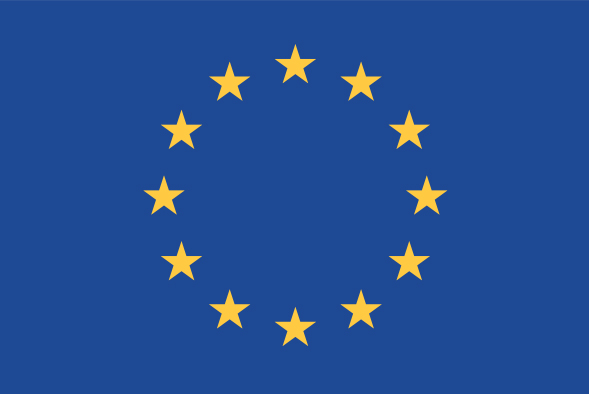
FloatMastBlue has received funding from the European Union’s HORIZON 2020 Research programme under the Grant Agreement no. 784040.
*Please note: This is a commercial profile

